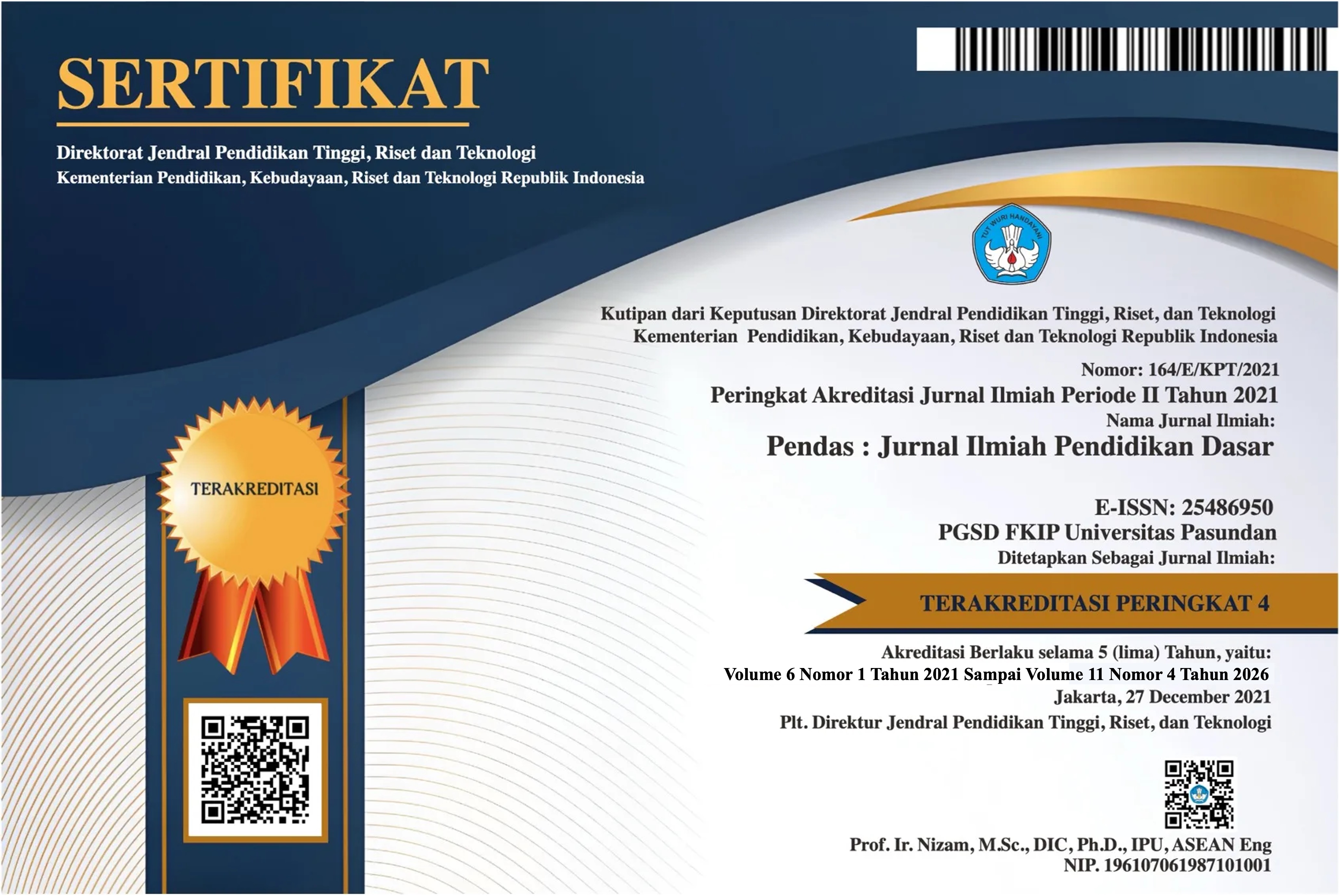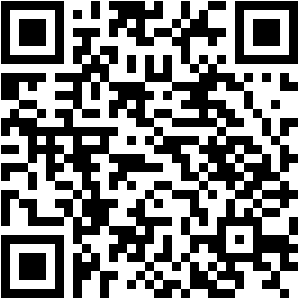THE USE OF FIGURATIVE LANGUAGES IN THE INAUGURAL SPEECH OF BARACK OBAMA
DOI:
https://doi.org/10.23969/jp.v10i03.33800Keywords:
figurative language, inaugural speech, Barack ObamaAbstract
This study examines the figurative language used in Barack Obama’s second inaugural address, focusing on its types, semantic meanings, and pragmatic functions. Taking a qualitative descriptive approach, the research uses Perrine’s classification of figurative language, alongside semantic theory and pragmatic theory as analytical frameworks. Data were taken from the official transcript and video recording of the speech and analyzed using Miles, Huberman, and Saldaña’s content analysis model. The results revealed 32 figurative expressions, consisting of 13 metaphors, 6 personifications, 6 hyperboles, 5 synecdoches, and 2 symbols. Semantically, these expressions extend literal meanings into richer, more symbolic ones that emphasize themes of equality, unity, and progress. Pragmatically, they inspire, persuade, and unify the audience by presenting complex issues in a clear and emotionally engaging manner. However, as the study is limited to a single speech, the findings cannot fully represent figurative language in political discourse as a whole. Nevertheless, the study shows that figurative language was central to Obama’s rhetorical strategy, functioning not only as a stylistic device but also as a persuasive tool that reinforced shared values and legitimized leadership.
Keywords: figurative language, inaugural speech, Barack Obama
Downloads
References
Anggreni, I. G. A. R. C., Sudipa, I. N., & Pratiwi, P. A. A. S. (2022). Figurative language in Barack Obama’s speech at the United Nations General Assembly. Stilistika: Journal of Indonesian Language and Literature, 2(1), 111–121. https://doi.org/10.24843/STIL.2022.v02.i01.p10
Charteris-Black, J. (2005). Politicians and rhetoric: The persuasive power of metaphor. Palgrave Macmillan.
Chilton, P. (2004). Analysing political discourse: Theory and practice. Routledge.
Creswell, J. W., & Creswell, J. D. (2018). Research Design: Qualitative, Quantitative adn Mixed Methods Approaches. In Journal of Chemical Information and Modeling.
Fairclough, N. (2001). Language and power (2nd ed.). Longman.
Farnsworth, S. J. (2013). Experts on rhetoric and political communication give Obama address good ; not great. Inside Higher Ed. https://www.insidehighered.com/news/2013/01/22/experts-rhetoric-and-political-communication-give-obama-address-good-not-great
Kendall, K. E. (2013, January 22). Experts on rhetoric and political communication give Obama address good ; not great. Inside Higher Ed. https://www.insidehighered.com/news/2013/01/22/experts-rhetoric-and-political-communication-give-obama-address-good-not-great
Ketaren, S. V., Sipahutar, S. R., Marpaung, E. M., & Saragih, E. (2021). Figurative language use in song lyrics in English textbook senior high school. Linguistic, English Education and Art (LEEA) Journal, 4(2), 300-305.
Khater, H. A., Altakhaineh, A. R. M., & Dahnous, F. (2024). Pragmatic analysis of King Abdullah’s speech: exploring speech acts and societal context. Cogent Arts & Humanities, 11(1). https://doi.org/10.1080/23311983.2024.2433879
Kroeger, P. R. (2023). Analyzing meaning: An introduction to semantics and pragmatics. Language Science Press.
Kuswanto, H., & Mustofa, M. (2022). Semantic shifts in political rhetoric: A study of lexical meaning in campaign speeches. Journal of Language and Politics, 21(1), 55–72. https://doi.org/10.1075/jlp.21038.kus
Leech, G. N., & Short, M. H. (2007). Style in fiction: A linguistic introduction to English fictional prose (2nd ed.). Pearson Education.
Levinson, S. C. (1983). Pragmatics. Cambridge University Press.
Lyons, J. (1995). Linguistic Semantics: An Introduction. Cambridge University Press.
McKinney, M. S. (2013). Experts on rhetoric and political communication give Obama address good ; not great. Inside Higher Ed. https://www.insidehighered.com/news/2013/01/22/experts-rhetoric-and-political-communication-give-obama-address-good-not-great
Ridder, H.-G. (2014). Book Review: Qualitative Data Analysis. A Methods Sourcebook. German Journal of Human Resource Management, 28(4), 485-487. https://doi.org/10.1177/239700221402800402 (Original work published 2014)
Moleong, L. J. (2017). Metodologi penelitian kualitatif (Revised ed.). PT Remaja Rosdakarya.
Nainggolan, F., Siahaan, D. A., Sinurat, B., & Herman, H. (2021). An analysis of figurative language on Joe Biden's victory speech. International Journal on Integrated Education, 4(3), 364-375.
Nurdiana. (2019). Understanding Pragmatics and Pragmatic Competence In ELT Materials. Journal of English Language and Culture, 10(1), 30-40.
Nuriadi, N. (2016). Theory of literature: An introduction. Arga Puji Press.
Oktarini, W. (2019). The Use of Language Aspects as Rhetorical Devices in Obama’s Inaugural Addresses. Journal of English Teaching and Learning Issues.
Oppusunggu, I., Marpaung, T. I., & Hutahaean, D. T. (2023). Analysis of figurative language in the speech of President Jokowi in G20 summit 2022. Jurnal Ilmiah Research Student, 1(2), 181-185.
Oviogun, P. V., & Veerdee, P. S. (2020). Definition of language and linguistics: basic competence. Macrolinguistics and Microlinguistics, 1(1), 1-12.
Pavlíková, Ž. (2018). Figurative language in political discourse. Jazyk a politika. Na pomedzí lingvistiky a politológie III. Bratislava: EKONÓM, 32-40.
Risdianto, F. (2016). The use of metaphor in Barack Obama’s inauguration speech. Language
Downloads
Published
Issue
Section
License
Copyright (c) 2025 Pendas : Jurnal Ilmiah Pendidikan Dasar

This work is licensed under a Creative Commons Attribution 4.0 International License.



















